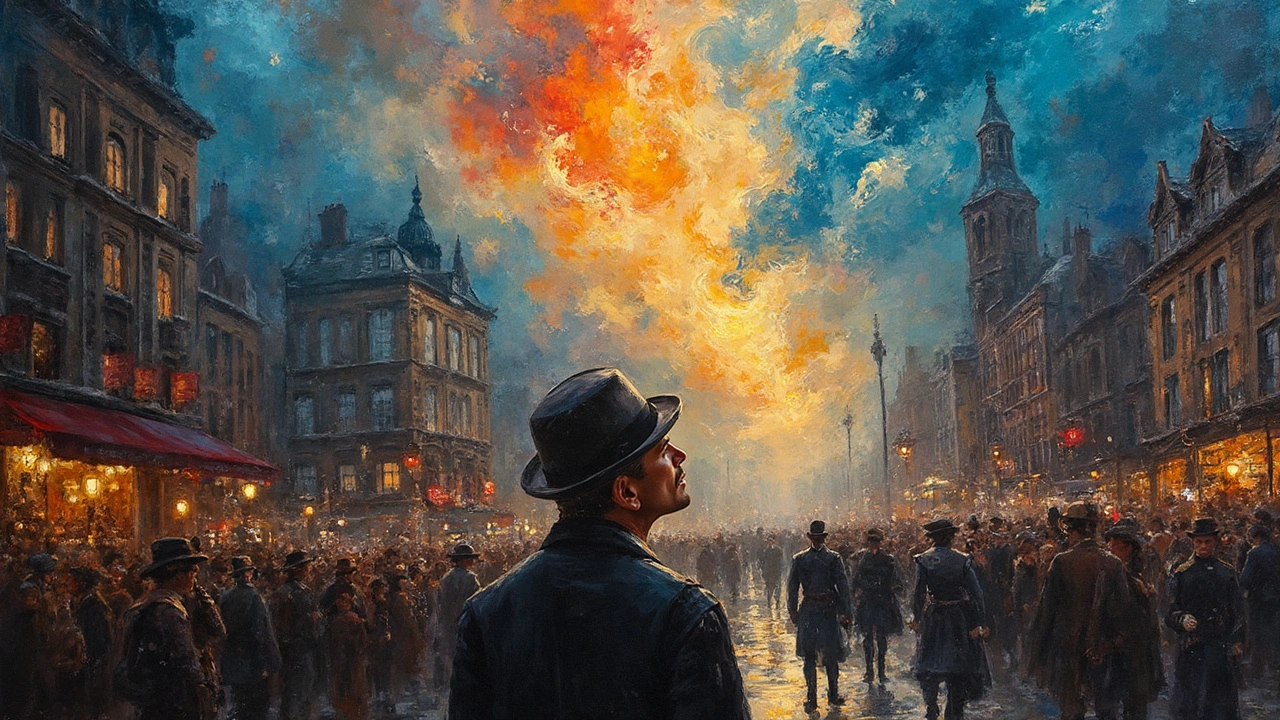Artistic Rebellion: Why Rule-Breaking Made Art Better
Artistic rebellion means artists refused to do what everyone expected. Sometimes that looked like smashing a canvas, sometimes like turning a city park into a giant sculpture. These rebellions forced viewers to pay attention and helped create whole new styles—from Cubism to Fluxus to Photorealism. If you want to understand modern art or use bold ideas in your own work, start by spotting how artists broke rules and why it mattered.
What artistic rebellion looks like
Rebellion can be loud or quiet. Abstract Expressionists dumped paint and let emotion lead. Fluxus turned daily objects and jokes into performances. Constructivists used industrial materials to make art about society, not just beauty. Photorealists answered the age of photography by pushing painting toward extreme realism. Each approach challenges a single assumption—what art should be, who it's for, or how it should look.
Look for three clear signs: a new technique, a change in materials, or a different place to show work. Land artists moved art out of museums and into landscapes. Installation artists create whole environments that visitors walk through. When you see something that makes you rethink where and how art belongs, you’re usually seeing rebellion at work.
How you can use rebellious ideas
Want to apply artistic rebellion in your own life? Start small. Change one rule you always follow—paint with a nontraditional tool, stage a piece in a public spot, or mix styles that normally don’t meet. If you design a room, borrow avant-garde choices: unexpected scale, a single bold object, or a material people don’t expect in a home.
Study a movement, then steal one idea. From Bauhaus take functional simplicity. From Primitivism, borrow directness and raw forms. From Fluxus, use humor and everyday objects to get attention. You don’t need to create shock—use the rebellious move to make a clearer point.
Critics sometimes call rebellion gimmicks. That’s fair. The difference between a gimmick and a meaningful break is intention. Ask: what rule am I breaking, and what new view does that create? If the answer helps people see something they didn’t before, you’re on the right track.
Artistic rebellion shaped many of the posts you’ll find here—stories about Abstract Expressionism’s raw energy, Fluxus’s playful chaos, Bauhaus’s radical simplicity, and Photorealism’s technical daring. Read examples, then try one experiment of your own. You don’t need to overthrow an art world—just change how you make or look at things, and you’ll feel the rebellion’s power.
Curious which movement fits your taste? Browse the related posts on this tag to compare approaches and find a practical idea you can try today.


